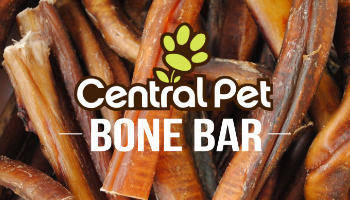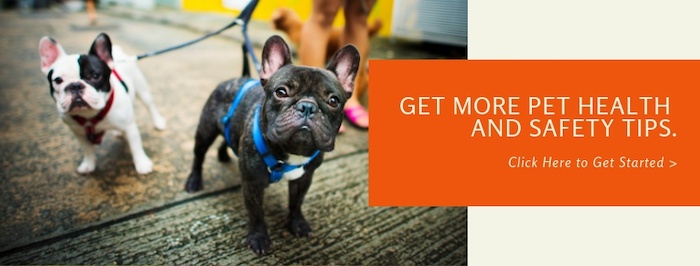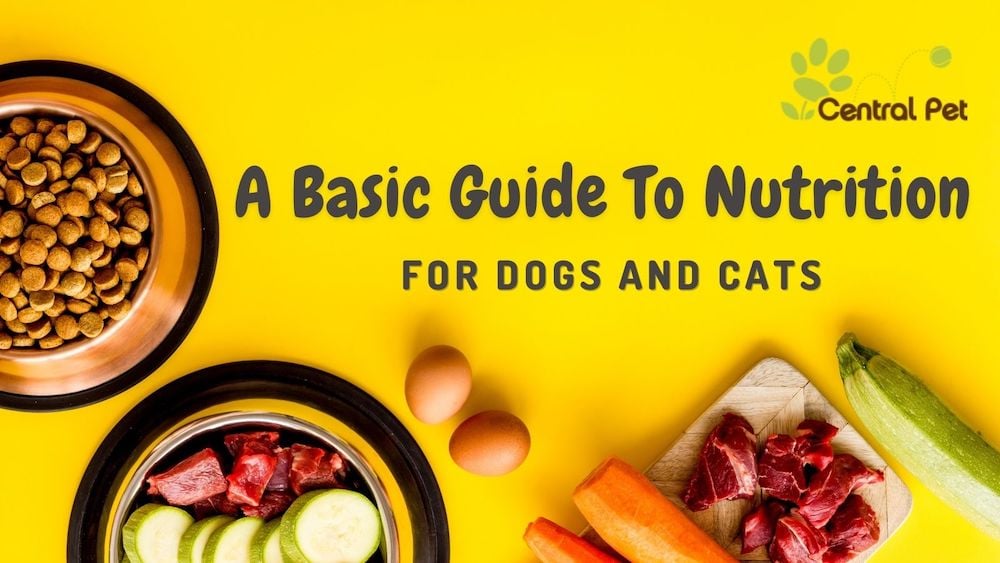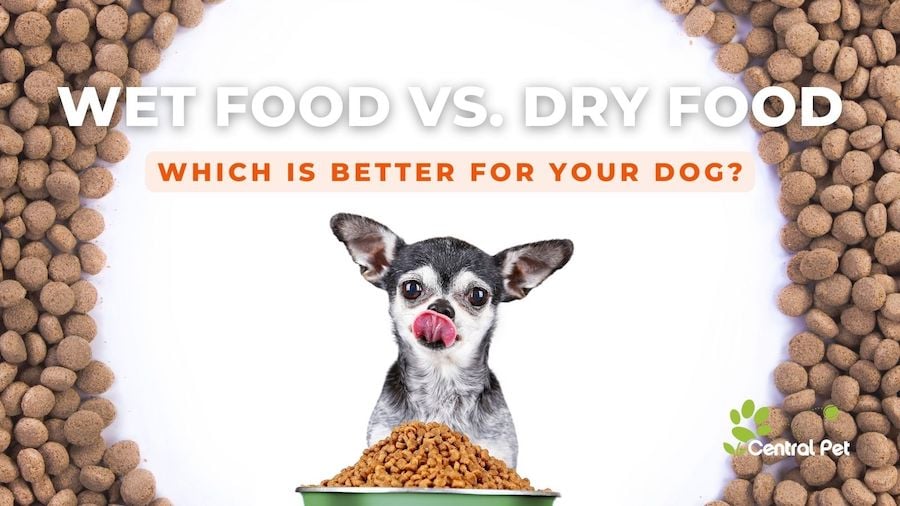It’s no secret that dogs love to chew on bones. And as a dog lover, it’s likely you want to give your pooch what he wants. The thing is, not all bones are safe— or even beneficial for that matter. There are, however, certain times letting your dog chew on a bone can be good. But with so much conflicting information out there, it can be a real challenge to know what to do. Let us help you cut down to the bone of it all, shall we?
Bones: Beneficial or a Big Mistake?
Make no bones about it, there are risks associated with bone chewing. For one, bones can cause choking. Or, they could cause damage to your pooch’s digestive system if swallowed. With that said, The risks can be mitigated if you take the proper precautions. This starts with learning more about which sorts of bones are okay, and how to feed them to your dog safely.
Some benefits that come from chewing bones can include:
- Plaque removal from teeth
- Gum health and bad breath protection
- Mental stimulation
- Jaw stimulation, which can build strength and safeguard against lockjaw
- Increased nutrition to support overhaul health
- Distraction from chewing on things they shouldn’t
- Entertainment and fun
Not All Dogs Are Meant to Handle Bones
It’s important that you take your dog’s breed and health into consideration before offering them a bone. For example, many small-breed dogs simply don’t have the jaw structure to hand a bone in the first place.
If your dog has stomach issues, a bone could cause them to feel discomfort or to become ill. Bones could also break teeth or scrape off tooth enamel in dogs who have poor dental health. If you’re unsure about whether a bone is a safe option for your canine, seek the advice of your veterinarian.
Not All Bones Are Created Equal
There are several options when it comes to bones, which is important to keep in mind when deciding on what kind to give to your beloved pooch. As a general rule, the one you choose should be matched to your dog’s size and chewing ability. Too big, and your dog will be chewing in vain. Too small, and your dog could be at risk.
Another factor to take into consideration is what the bone is made of and how it is prepared.
- Cooked bones aren’t a wise choice as the cooking process causes them to become brittle and prone to splintering.
- Marrow bones are one of the best natural bones for canines. In addition to being solid and less likely to splinter, marrow bones are packed full of essential nutrients. With the growing popularity of raw diets, raw, meaty bones covered in muscle meat and connective tissues can also be a good choice.
- Artificial bones made from all natural or nylon rawhide are also an option. While they may lack the nutrients and natural flavors dogs appreciate, they will still satisfy the urge to chew in a safe way. Just be sure that it is natural or nylon rawhide (No Hide). Regular rawhide is dangerous for dogs because it gets sticky and dogs can choke on it and it also swells in the digestion system and can cause a blockage.
Whichever type of bone you choose, practice safety. As a general rule, keep an eye on your furry friend whenever he chews his bone. You’ll both be better for it!
Bone Bar at Central Pet
If you’ve visited our store, it’s likely you’ve seen our ‘Bone Bar,’ which has a great selection of bones for your dog that are free of chemicals and artificial flavors. These include:
- Bully Sticks
- Benebones
- NO-Hide® Wholesome Chews
- Frozen marrow bones (sold by the pound)
If that’s not enough, we have a variety of other natural, single-ingredient treats that include:
- Jerky treats from a variety of meat sources, including beef, chicken, and rabbit
- Tendons
- Beef tracheas
- Ears (beef, pork and lamb)
- Antlers
- Chicken and duck feet
- Dried sardines
Stop by and check out the Bone Bar at Central Pet today to find your dog’s new favorite, long-lasting, healthy, beneficial treat!







